Healthcare Management Organization Design And Behavior 6th Edition By Lawton Burns – Test Bank
CHAPTER 11: Managing Strategic Alliances
MULTIPLE CHOICE
1. Formal arrangements between two or more organizations for purposes of ongoing cooperation and mutual gain/risk sharing is referred to as ____.
a. strategic agreements c. strategic alliances
b. aligned agreements d. aligned alliances
ANS: C
Feedback
A Incorrect: Formal arrangements between two or more organizations for purposes of ongoing cooperation and mutual gain/risk sharing is referred to as strategic alliances.
B Incorrect: Formal arrangements between two or more organizations for purposes of ongoing cooperation and mutual gain/risk sharing is referred to as strategic alliances.
C Correct: Formal arrangements between two or more organizations for purposes of ongoing cooperation and mutual gain/risk sharing is referred to as strategic alliances.
D Incorrect: Formal arrangements between two or more organizations for purposes of ongoing cooperation and mutual gain/risk sharing is referred to as strategic alliances.
PTS: 1
2. Larger alliances typically have more purchasing ____ because they can buy in larger volume.
a. power c. incentives
b. expertise d. necessities
ANS: A
Feedback
A Correct: Larger alliances typically have more purchasing power because they can buy in larger volume.
B Incorrect: Larger alliances typically have more purchasing power because they can buy in larger volume.
C Incorrect: Larger alliances typically have more purchasing power because they can buy in larger volume.
D Incorrect: Larger alliances typically have more purchasing power because they can buy in larger volume.
PTS: 1
3. The first and most basic expected outcome of alliances refers to financial performance and addresses the issue of whether the alliance is primarily conceived for cost reduction or ____.
a. revenue enhancement c. accountability enhancement
b. revenue reduction d. accountability reduction
ANS: A
Feedback
A Correct: The first and most basic expected outcome of alliances refers to financial performance and addresses the issue of whether the alliance is primarily conceived for cost reduction or revenue enhancement.
B Incorrect: The first and most basic expected outcome of alliances refers to financial performance and addresses the issue of whether the alliance is primarily conceived for cost reduction or revenue enhancement.
C Incorrect: The first and most basic expected outcome of alliances refers to financial performance and addresses the issue of whether the alliance is primarily conceived for cost reduction or revenue enhancement.
D Incorrect: The first and most basic expected outcome of alliances refers to financial performance and addresses the issue of whether the alliance is primarily conceived for cost reduction or revenue enhancement.
PTS: 1
4. Power enhancement and ____ are grouped together because one often has implications for the other.
a. certainty reduction c. uncertainty policy
b. uncertainty reduction d. certainty policy
ANS: B
Feedback
A Incorrect: Power enhancement and uncertainty reduction are grouped together because one often has implications for the other.
B Correct: Power enhancement and uncertainty reduction are grouped together because one often has implications for the other.
C Incorrect: Power enhancement and uncertainty reduction are grouped together because one often has implications for the other.
D Incorrect: Power enhancement and uncertainty reduction are grouped together because one often has implications for the other.
PTS: 1
5. The physician-hospital relationships fall into three broad categories: noneconomic integration, economic integration, and ____ integration.
a. employee c. personal
b. formal d. clinical
ANS: D
Feedback
A Incorrect: The physician-hospital relationships fall into three broad categories: noneconomic integration, economic integration, and clinical integration.
B Incorrect: The physician-hospital relationships fall into three broad categories: noneconomic integration, economic integration, and clinical integration.
C Incorrect: The physician-hospital relationships fall into three broad categories: noneconomic integration, economic integration, and clinical integration.
D Correct: The physician-hospital relationships fall into three broad categories: noneconomic integration, economic integration, and clinical integration.
PTS: 1
6. Governance mechanisms of alliances include (1) joint ownership in which partners share control of some or all alliance assets; (2) contracts that specify rights and obligations of alliance partners; (3) ____ that rely on trust and goodwill; or (4) some combination of these.
a. formal rewards c. formal agreements
b. informal rewards d. informal agreements
ANS: D
Feedback
A Incorrect: Governance mechanisms of alliances include (1) joint ownership in which partners share control of some or all alliance assets; (2) contracts that specify rights and obligations of alliance partners; (3) informal agreements that rely on trust and goodwill; or (4) some combination of these.
B Incorrect: Governance mechanisms of alliances include (1) joint ownership in which partners share control of some or all alliance assets; (2) contracts that specify rights and obligations of alliance partners; (3) informal agreements that rely on trust and goodwill; or (4) some combination of these.
C Incorrect: Governance mechanisms of alliances include (1) joint ownership in which partners share control of some or all alliance assets; (2) contracts that specify rights and obligations of alliance partners; (3) informal agreements that rely on trust and goodwill; or (4) some combination of these.
D Correct: Governance mechanisms of alliances include (1) joint ownership in which partners share control of some or all alliance assets; (2) contracts that specify rights and obligations of alliance partners; (3) informal agreements that rely on trust and goodwill; or (4) some combination of these.
PTS: 1
7. ____ and conflict-management systems are subsets of relational norms underlying the process exchange over time.
a. Trust c. Productivity
b. Intent d. Competition
ANS: A
Feedback
A Correct: Trust and conflict-management systems are subsets of relational norms underlying the process exchange over time.
B Incorrect: Trust and conflict-management systems are subsets of relational norms underlying the process exchange over time.
C Incorrect: Trust and conflict-management systems are subsets of relational norms underlying the process exchange over time.
D Incorrect: Trust and conflict-management systems are subsets of relational norms underlying the process exchange over time.
PTS: 1
8. A major difficulty that organizations face in addressing alliance problems is actually their inability to identify the ____ correctly.
a. truth c. problem
b. strengths d. structure
ANS: C
Feedback
A Incorrect: A major difficulty that organizations face in addressing alliance problems is actually their inability to identify the problem correctly.
B Incorrect: A major difficulty that organizations face in addressing alliance problems is actually their inability to identify the problem correctly.
C Correct: A major difficulty that organizations face in addressing alliance problems is actually their inability to identify the problem correctly.
D Incorrect: A major difficulty that organizations face in addressing alliance problems is actually their inability to identify the problem correctly.
PTS: 1
9. An example of an appropriate way to deal with an alliance problem is ____.
a. implementing performance monitors
b. swapping capabilities
c. creating governing boards
d. creating a system of checks and balances
ANS: B
Feedback
A Incorrect: An example of an appropriate way to deal with an alliance problem is swapping capabilities.
B Correct: An example of an appropriate way to deal with an alliance problem is swapping capabilities.
C Incorrect: An example of an appropriate way to deal with an alliance problem is swapping capabilities.
D Incorrect: An example of an appropriate way to deal with an alliance problem is swapping capabilities.
PTS: 1
10. To form a successful alliance, the members of the alliance need to be able learn from their experience and to build additional ____ as needed.
a. lines of evidence c. capital
b. outputs d. capabilities
ANS: D
Feedback
A Incorrect: To form a successful alliance, the members of the alliance need to be able learn from their experience and to build additional capabilities as needed.
B Incorrect: To form a successful alliance, the members of the alliance need to be able learn from their experience and to build additional capabilities as needed.
C Incorrect: To form a successful alliance, the members of the alliance need to be able learn from their experience and to build additional capabilities as needed.
D Correct: To form a successful alliance, the members of the alliance need to be able learn from their experience and to build additional capabilities as needed.
PTS: 1


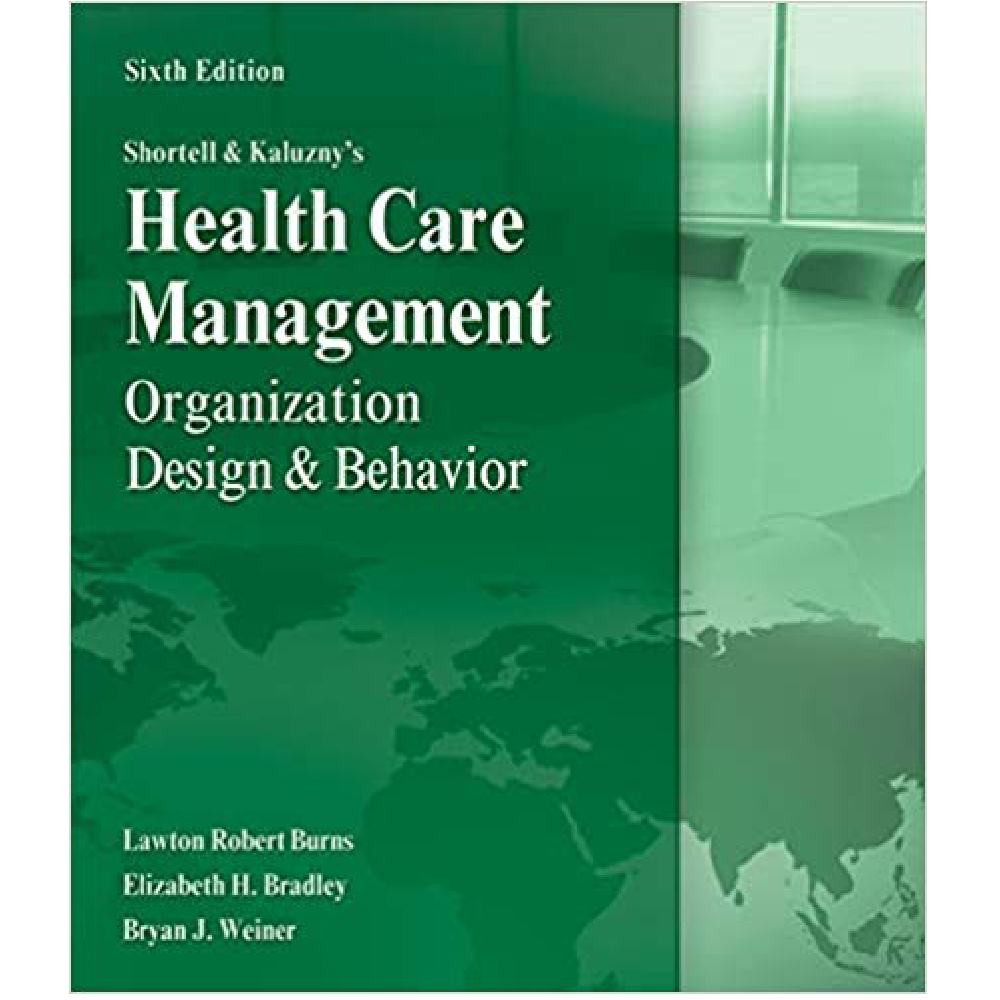
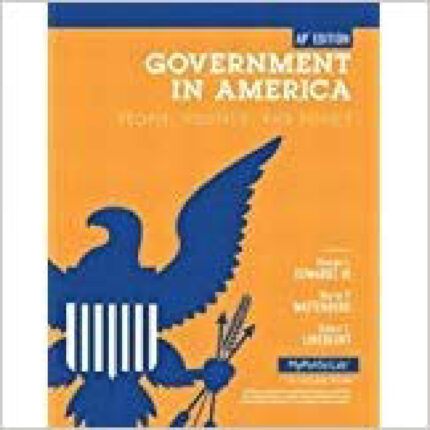


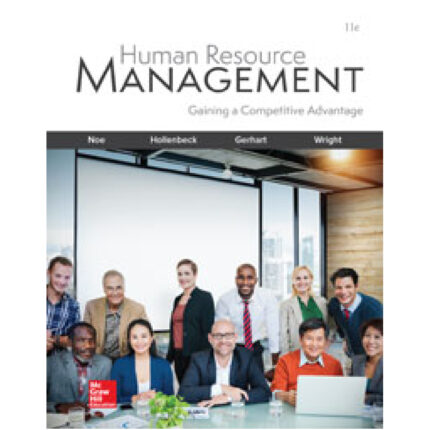
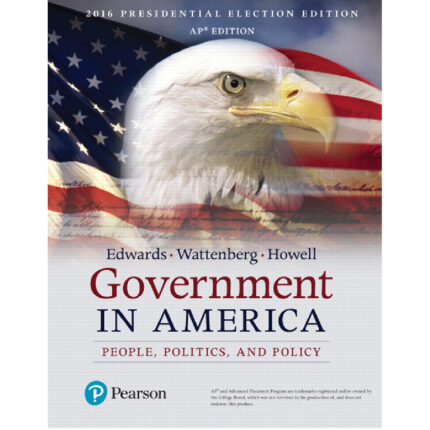

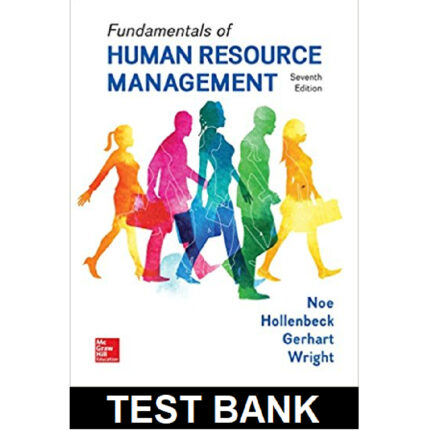


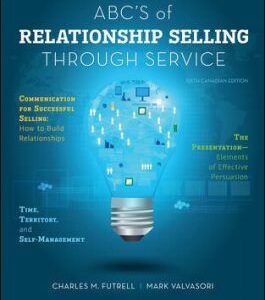
Reviews
There are no reviews yet.